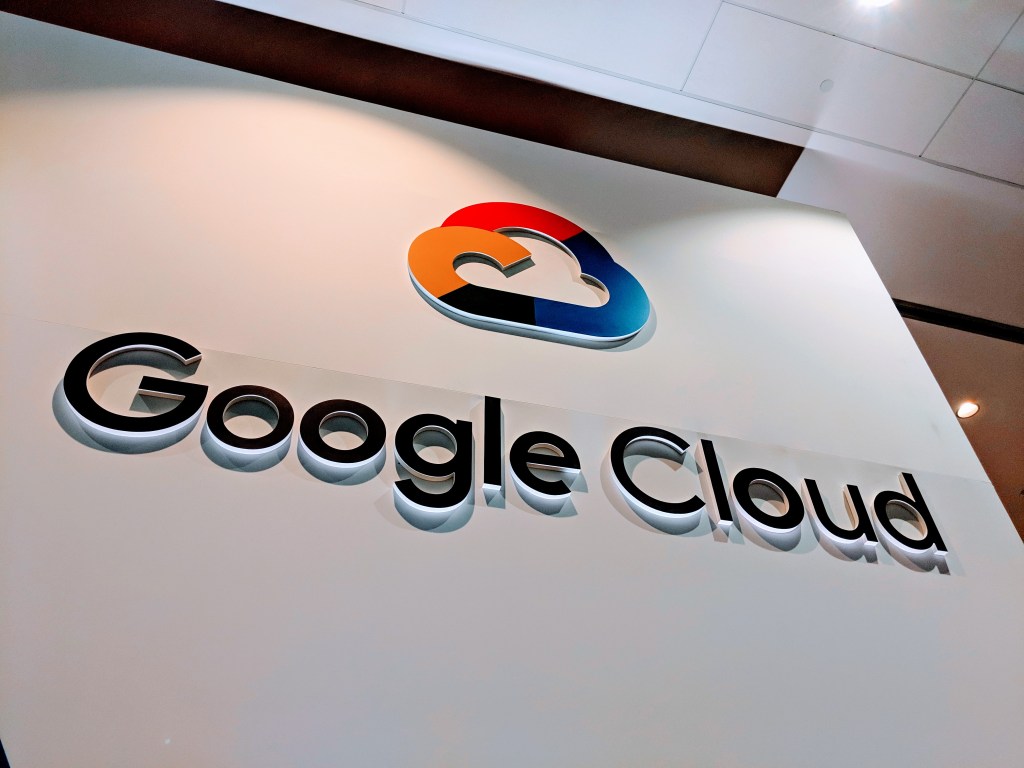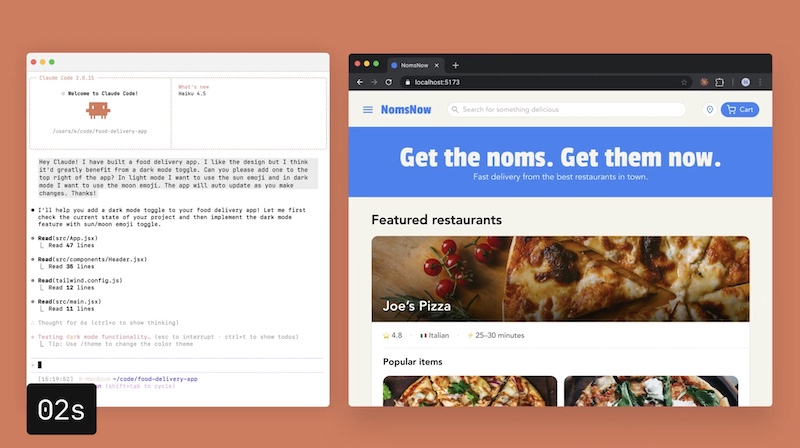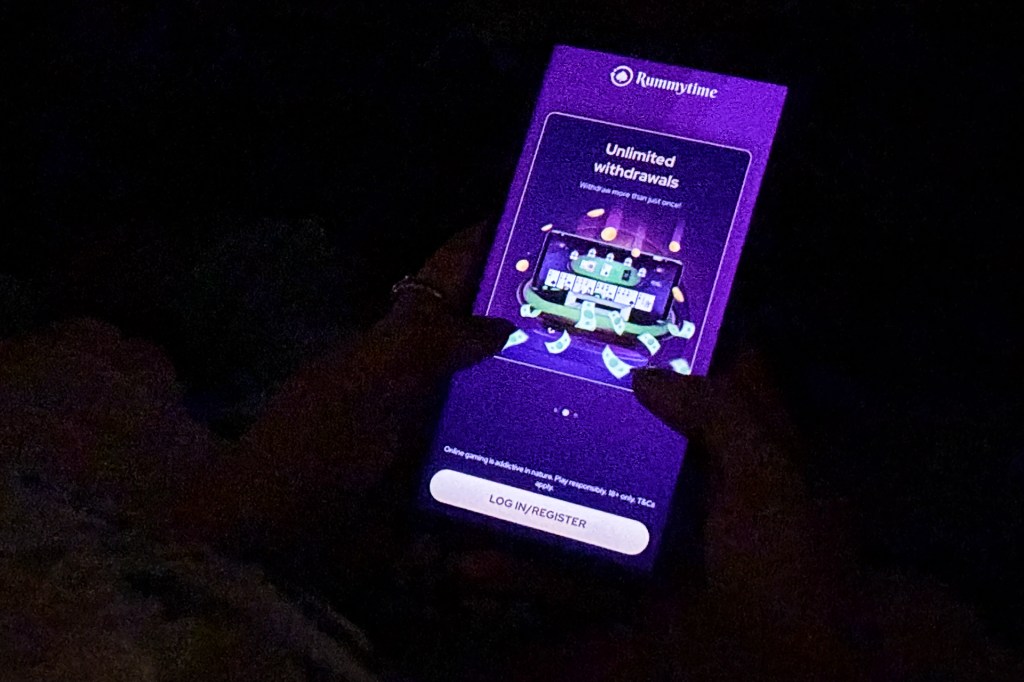On April 9, 2025, Google announced significant enhancements to its Vertex AI cloud platform, introducing advanced media-generating AI models designed to revolutionize content creation for enterprise clients. Among these innovations is Lyria, a sophisticated text-to-music AI model now available in preview for select customers.
Lyria: Transforming Music Creation
Lyria enables users to generate high-quality music tracks across various styles and genres by inputting textual descriptions. This model serves as a dynamic alternative to traditional royalty-free music libraries, allowing businesses to create customized audio content tailored to specific needs. For instance, a user can input a prompt like upbeat electronic dance music with a catchy melody, and Lyria will produce a corresponding track that aligns with the description.
Chirp 3: Advancements in Voice Synthesis
In addition to Lyria, Google has enhanced its audio understanding model, Chirp 3, which now supports speech synthesis in approximately 35 languages. A notable feature powered by Chirp 3 is Instant Custom Voice, capable of cloning a voice with just 10 seconds of audio input. This functionality is particularly beneficial for applications requiring personalized voice outputs, such as virtual assistants and customer service bots. To prevent misuse, Google has implemented a diligence process to verify proper voice usage permissions, ensuring ethical deployment of this technology.
Veo 2: Enhanced Video Editing Capabilities
Google’s video creation model, Veo 2, has also received significant updates. The model now offers advanced editing and visual effects customization options, including the ability to remove background images, logos, and objects from existing videos. Additionally, Veo 2 can adjust camera angles and pacing in AI-generated scenes, facilitating the creation of timelapses, drone-style clips, and more. These features are currently available in preview, providing users with powerful tools to enhance video content.
Imagen 3: Improved Image Generation
The Imagen 3 image generator has been upgraded to deliver significantly better performance. The model now excels in removing objects and reconstructing missing or damaged portions of images, offering users enhanced capabilities for image editing and restoration.
Commitment to Ethical AI Use
To address concerns regarding the ethical use of AI-generated content, Google has incorporated its SynthID technology to watermark media produced by Imagen, Veo, and Lyria. This measure aims to ensure transparency and authenticity in AI-generated media. Furthermore, Google emphasizes that all its generative AI models are equipped with built-in safeguards to prevent the creation of harmful content, reflecting the company’s commitment to responsible AI development.
Training Data and Intellectual Property Considerations
While Google has not disclosed specific datasets used to train these models, the company has previously stated that it offers opt-out mechanisms for model training and provides an indemnity policy to protect Google Cloud and Vertex AI customers from AI-related copyright disputes. This approach underscores Google’s dedication to addressing intellectual property concerns associated with AI-generated content.
Conclusion
Google’s integration of advanced media-generating AI models into its Vertex AI cloud platform marks a significant advancement in enterprise content creation. By offering tools like Lyria, Chirp 3, Veo 2, and Imagen 3, Google empowers businesses to produce customized, high-quality media content efficiently. These developments not only enhance creative possibilities but also reflect Google’s commitment to ethical AI practices and the responsible deployment of generative technologies.



